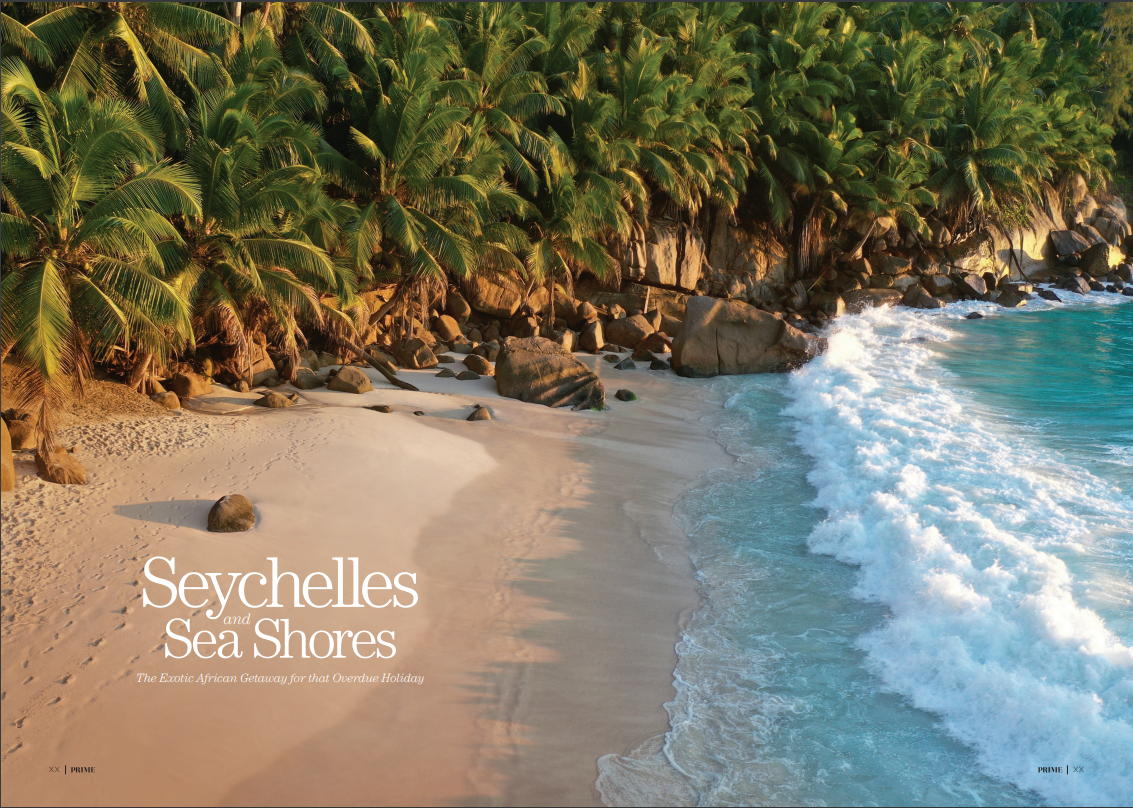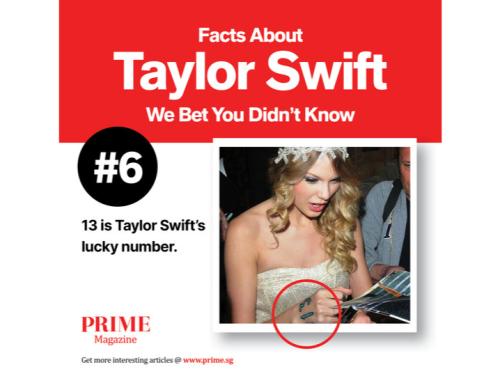Seychelles and Sea Shores
The Exotic African Getaway for that Overdue Holiday
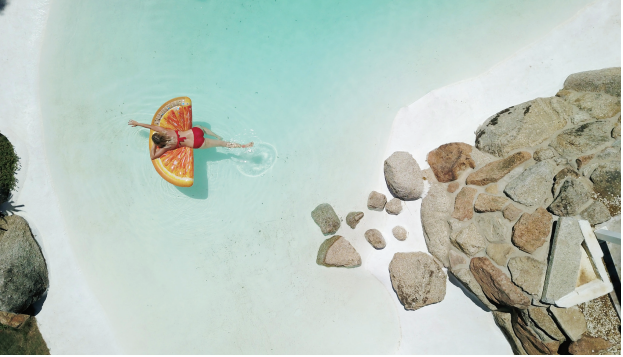
If you have been feeling a little blue from being cooped up at home (and in the country, by extension), there is no better place to be than somewhere far removed from urban life and remote, where the skies are beautiful, the sand is pristine and the waters are so clear that you can see fathoms deep. Islands, atolls, skerries, cays and holms are aplenty on Earth, but there are some that have become much more praised and sought after than others as holiday destinations. In Southeast Asia, some of the most beautiful islands are located in the 7,000 island archipelago of the Philippines, while many others can be found in the Caribbean, the Aegean, the Mediterranean as well as some lesser known places, such as in the Somali Sea off the Indian Ocean.
One such archipelago, comprising some of the world’s most remote islands and hence most popular among billionaires, celebrities and royalty, is the Republic of Seychelles. Although many of its islands are uninhabited with some being protected nature reserves, there are still a handful that are consistently ranked as some of the world’s most desired islands to visit.
HISTORY OF SEYCHELLES
Formerly known as the Isle of Seychelles, the Republic of Seychelles is located 1,500km east of mainland Africa and northeast of Madagascar. It was visited and documented by the British East India Company in as early as 1609. The islands were so named only in 1756 in honor of French finance minister Jean Moreau de Séchelles when it was claimed by France. When the British took over the islands in 1794, the spelling was anglicized to what it is today – sounding very much like sea shells – and evoking memories of the wonderful tongue twister that references selling sea shells by the sea shore.
The official languages of Seychelles are English and French, with Seselwa – a French-based Creole language, being the most commonly spoken language among the locals. And how does one describe things (or people) that originate from Seychelles? A great post-vacation conversation starter with your friends is to have them guess whether its Seychellian, Seychellish or Seychellese. The correct answer? Actually, it is based on French grammar and is Seychellois. The islanders are an extremely exotic mix of African, European, Indian and Chinese descent. And this is reflected in the delicious Seychellois cuisine.
CHECKING THE WEATHERVANE
If you want to enjoy some nice and cool sea breezes, be warned that the hottest months are between December and April, with July and August being the coolest. The windy months are from May to November. During this time, the breezes are pleasant and great for those wind-in-your-hair matinee moments while you are walking along the pristine beaches. For the best beach experiences, always check that the locations you want to go to are open for swimming, snorkeling and fishing. Occasionally, seaweed blooms can be abundant and therefore, is not great for being in the water.
If you have no time constraints, try to set aside 10 days to explore the three most inhabited islands in the country (Mahe, Praslin and La Digue). Having a sufficient holiday period allows for a good relaxing pace to really enjoy all that these islands have to offer.
Travel between islands can be done by air or ferry (eg. you can fly between Mahe and Praslin on Air Seychelles, reducing the travel time from 1 hour to 15 minutes). While on Mahe and Praslin islands, as distances are far apart, the best way to get around is by hiring a car, although expensive taxis and cheap but slow public bus options are also available. If you have great sea legs, you can try sailing a private yacht to cover the distance. It would also be a more idyllic way to island hop.
THE BIG ISLAND
Begin your trip at the biggest island, Mahe – home to the country’s capital Victoria and around 86% of Seychelles’ population. It is also where the international airport is located.
The best beaches are on the west coast and it is advisable to stay in the southwestern area where there is the least development. On the northwest coast sits Victoria, the capital, where one can find Beau Vallon – one of the island’s most popular beach areas. It has a wide shoreline and calm seas ideal for all kinds of water sports, including snorkeling, boating, fishing and scuba diving. Beau Vallon is one of the most convenient and busiest areas to access where there are plenty of restaurants, hotels and shops. There is plenty in the area to safely amuse everyone, from the youngest to the oldest in the family, as there are no strong currents and no dangerous corals in the waters. You can easily get to Beau Vallon from Victoria by bus, car or taxi as it is under 5km away from the capital.
When you finally tear yourself away from the beaches, you can also explore the pretty village of Baie Lazare – named after 18th century French explorer Lazare Picault who landed there when the French government sent him to explore the islands. One of the area’s main tourist attractions is the neo-Gothic Baie Lazare Church, dedicated to St. Francis of Assisi. The church provides a beautiful panoramic view of the area.
Lodgings in Mahe come in the form of budget hotels, mid priced private apartments as well as luxurious resorts such as the Banyan Tree, Four Seasons or the Kempinski.
THE ART OF BEACH BUMMING
After about 3 days, you can move over to savour the beauty that Praslin has to offer. The second biggest island of Seychelles is the best place to see the coco de mer palm and giant Aldabra tortoises. An hour’s ferry ride away from Mahe, the island is small but has many natural sights to offer the nature lover.

The west coast here is less inhabited and staying along Grand Anse, a quieter stretch of the beach, is more ideal and idyllic. Cote D’Or on the east is the main tourist town where most activities are located.
The most famous beach here is Anse Volbert. It is well known for its fine white sands and crystal clear water. Although it is one of the island’s most popular beaches, it never feels crowded (even though it is only approximately 2.4km long) and has earned rave reviews from many beach connoisseurs and snorkelers alike. It is accessible by car, bus or bike from Baie Saint Anne, the port town that sits about 4km southeast of the beach.
Another famous beach on Praslin, along Chevalier Bay in the north coast, is the Anse Lazio beach. Its sculptural giant bolders, sitting upon ivory sands and framed by cobalt water, is why it consistently earns a high placing in many top 10 lists.
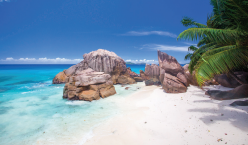
This secluded location, which lends an aura of privacy, has become almost too popular as many travelers who come to Seychelles consider this place a must-see destination. Apart from soaking in the beach scene, you will likely succumb to the charms of the invitingly warm Indian Ocean for some diving, snorkeling and deep sea fishing. For something more adventurous and exotic, there is always the option to visit one of the many private islands and be more even more up close with nature.
Lodgings on Praslin island vary from simple and basic chalets to boutique hotels and ultra luxurious resorts. If you are into brands, you can pamper yourself at the familiar home-grown Raffles Seychelles.
If you are in no hurry to rush back into Singapore’s urban jungle, you can add in side trips and visit other nearby islands from Praslin. There is Silhouette island (the third largest island in Seychelles but less inhabited) or Cousine, Curieuse and St. Pierre Islands which are great for day trips.
ENCOUNTERS WITH NATURE
The fourth largest island in the archipelago, La Digue, is a must-see for nature lovers and those seeking a glimpse of traditional island life; you can zip around in bicycles or even oxcarts. As always, you will encounter white-sand beaches and granite rock outcrops along the coast. Many have dished high praise on this island and listed theAnse Source D’Argent beach as one of the planet’s most picturesque stretches of sand and sea. You can also throw in a visit to L’Union Estate,
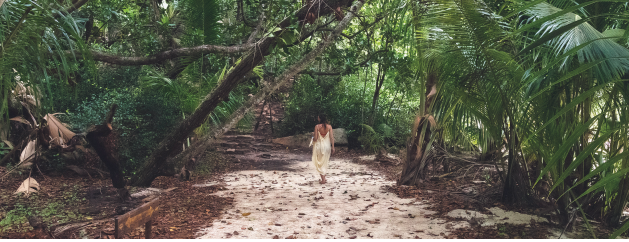
an old copra factory and vanilla plantation as well as stop by the Veuve Nature Reserve, home to the endangered black paradise flycatcher, also called “the widow” because of its streaming black tail feathers.
If simply being a beach bum sounds too sedentary for you, then you might want to break some sweat and take on a bit of rock climbing or hiking at the La Passe – Grand Anse Trail, and admire charming French colonial houses and woodlands along the way before arriving at the beach to laze by the sea for the rest of the day.
BREADFRUIT, BATS AND BUKA
With a mix of so many cultures in Seychelles, you can naturally expect the local cuisine to be a delicious and exotic mix of East and West. Although the country is essentially surrounded by the sea, the main ingredient in Seychellois diet was not fish but used to be Seychelles beef (or more commonly known as turtle!). Thankfully, this practice is outlawed today.
However, food in Seychelles continues to be exotic, and culinary influences span across Indian, African, French, British and Chinese cuisines. You can be sure that your taste buds will be tickled by a myriad of flavours and textures. Apart from the common and least exciting – grilled fish, those who are more adventurous and curious might want to taste shark chutney, octopus or fruit bat curry, breadfruit chips or breadfruit done in any way – baked, grilled, barbecued, boiled or steamed!
Some of the best food is said to be served at the homes of the locals, so eating the cooking of the host of the rest house that you are staying at may well turn out to be one of the most delicious meals during your trip to Seychelles. There are also plenty of takeaways that you can bring for your day at the beach as well as fine restaurants that offer Creole bouillabaisse, flambe shrimp, smoked fish salads and many exotic curries. European, Indian and Japanese food cooked with local fruits, spices and fresh from the sea ingredients are what makes dining in the Seychelles unique.
Besides refreshing fruit juices, the islands also offer alcoholic beverages made from sugarcane or coconut. Must-tries include home-brewed buka – a drink similar to rum, kalou – made from fermented coconut flowers, and local beer.
100 SHADES OF BLUE
As with many remote destinations, there can be unpredictability due to poor weather and transport issues owing to mistimed schedules, bookings, hidden costs, unexpected distances, etc; so it is advisable to read up and plan as much as possible in order to avoid disappointments, over-expectations or miscalculations.
If the costly and longish flight to Seychelles deters you but you still hanker for the blue oceans, there are always other equally stunning beach vacation spots closer to home in neighbouring countries. The closest of which would be Thailand’s Maya Bay, Palawan and El Nida in the Philippines or Australia’s Whitehaven and Hyams beaches as well as Lucky Bay and Turquoise Bay at Down Under. These places are all commonly seen as among some of the world’s most beautiful beaches.
No matter which beach you land up at, one interesting “souvenir”, besides having super Instagrammable photographs and adventure stories to share, is an expanded vocabulary of words that refer to tones of blue – azure, cerulean, zaffre, sapphire, aquamarine, turquoise, etc. Many are actually names of precious gems – perfect descriptions of the spectacular beach holiday that leaves you wanting to sell seashells by the seashore forever!


